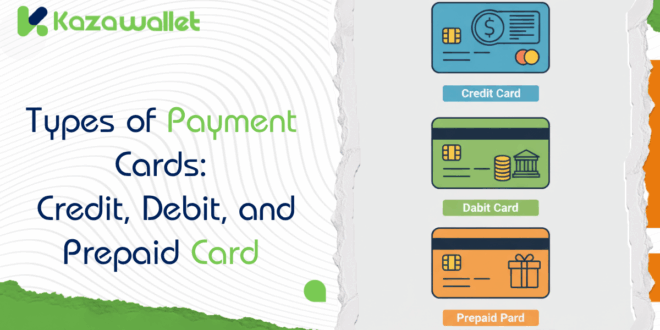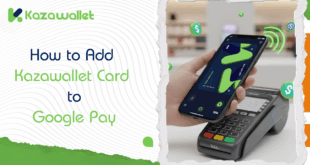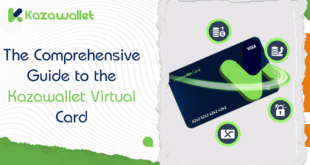Debit, credit, or prepaid? The options may seem similar, but how each one works is entirely different and has a direct impact on your finances.
To understand the different types of payment cards and which type is best for your needs, it’s essential to know the fundamental differences between them.
In this article, we’ll discuss the types of payment cards, the differences between them, and which one is best suited for your financial goals.
What is the Difference Between the Types of Payment Cards?

To quickly and clearly understand the difference between payment cards, the following table provides a comprehensive comparison of the three main types:
| Feature | Debit Card | Credit Card | Prepaid Card |
|---|---|---|---|
| Source of Funds | Your bank account balance | A line of credit (loan) from a bank | A balance you’ve loaded beforehand |
| How it Works | “Spend what you have” | “Spend now, pay later” | “Spend what you’ve loaded” |
| Credit Score Impact | No impact | Significant impact (positive or negative) | No impact |
| Bank Account Needed? | Yes, essentially | Yes, usually | No, not necessary |
| Best For | Daily purchases, budget management | Large purchases, building credit history | Controlling spending, online security |
What is a Debit Card?

A debit card is a payment card issued by a bank that is directly linked to your checking account, allowing you to access your own money.
Advantages:
- Budget Control: Since you only spend from your available balance, it prevents you from accumulating debt.
- Low Fees: Most debit cards do not have annual fees, and their transaction fees are minimal or non-existent.
- Wide Acceptance: They are accepted at most merchants and ATMs worldwide.
Disadvantages:
- Doesn’t Build Credit: Using a debit card does not affect your credit score, which is essential for future loans.
- Limited Fraud Protection: Although improving, their fraud protection is still less robust than that of credit cards. In the case of fraud, the money is taken directly from your account, and recovery can take time.
- Booking Difficulties: Some services, like car rentals or hotels, may decline them for reservations, as they often require a credit card.
What is a Credit Card?

A credit card allows you to borrow funds from a financial institution to make purchases, with the agreement that you will pay back the borrowed amount later.
The bank determines your credit limit (the maximum amount you can spend) based on factors like your income and credit history.
Advantages:
- Builds Credit History: Responsible use and timely payments help build a strong credit score.
- Strong Consumer Protection: They offer the best protection against fraud and unauthorized transactions.
- Rewards and Benefits: Many cards offer rewards programs like cashback, travel points, additional insurance, and discounts.
- Financial Flexibility: Useful for large purchases or in emergencies.
Disadvantages:
- Risk of Debt: The ease of spending can lead to debt accumulation if not managed wisely.
- High Interest: If the balance is not paid in full each month, high interest rates are applied to the remaining amount.
- Potential Fees: Some cards may have annual fees or fees for exceeding your credit limit.
What is a Prepaid Card?
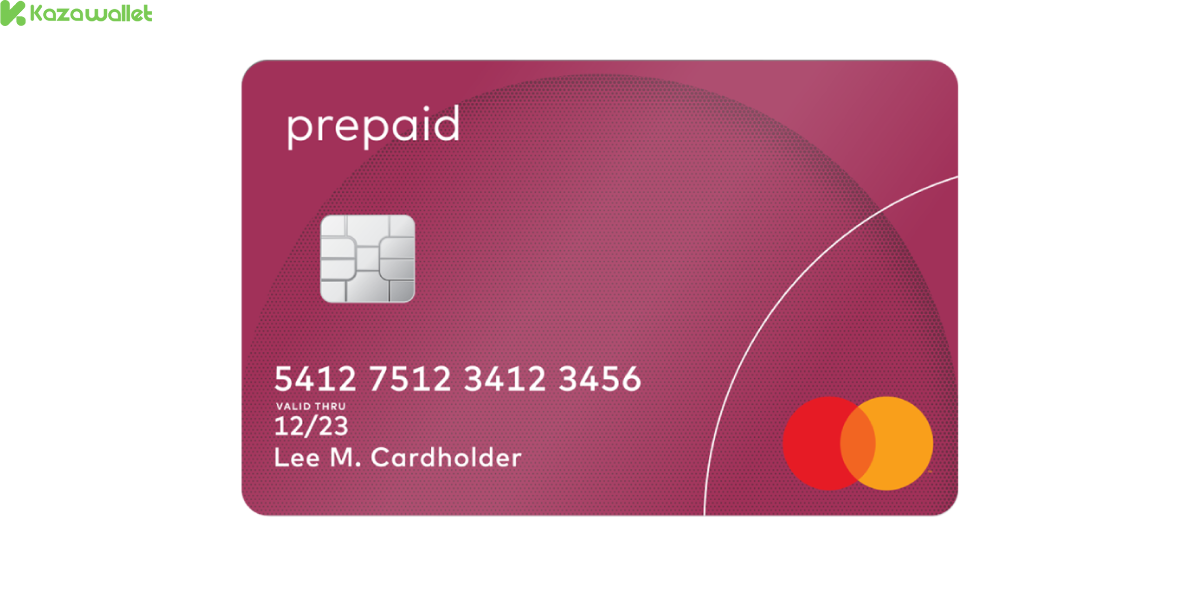
A prepaid card is a card that you load with a specific amount of money beforehand and use for spending until the balance runs out.
Advantages:
- Superior Online Security: Since it’s not linked to your bank account, any potential breach is limited only to the balance on the card.
- Absolute Spending Control: You cannot spend more than what you’ve loaded, making it perfect for budget management, online subscriptions, or as an allowance card for children.
- No Bank Account Required: Anyone can get one without needing a bank account or a credit check.
Disadvantages:
- Doesn’t Build Credit: Like debit cards, using it does not help build your credit score.
- Multiple Fees: Some cards may charge fees for issuance, reloading, inactivity, or even per transaction.
- Limited Limits: Often, the daily spending or top-up limits are lower than other types of cards.
What is a Virtual Card?
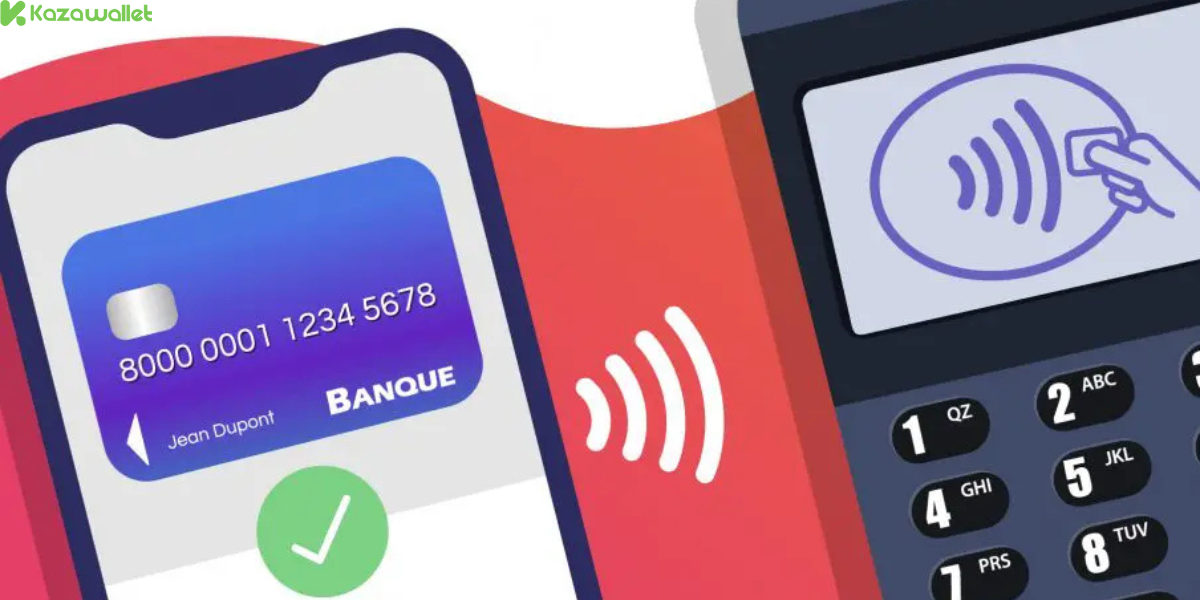
A virtual card is not a fourth type but rather a digital format of any of the previous types. It is a card with no physical form and consists of digital details (number, expiration date, CVV) used primarily for online payments.
Why is it important? It provides a superior layer of security, as some providers allow you to create one for a single transaction or freeze it easily right after use.
What is the Kazawallet Card?
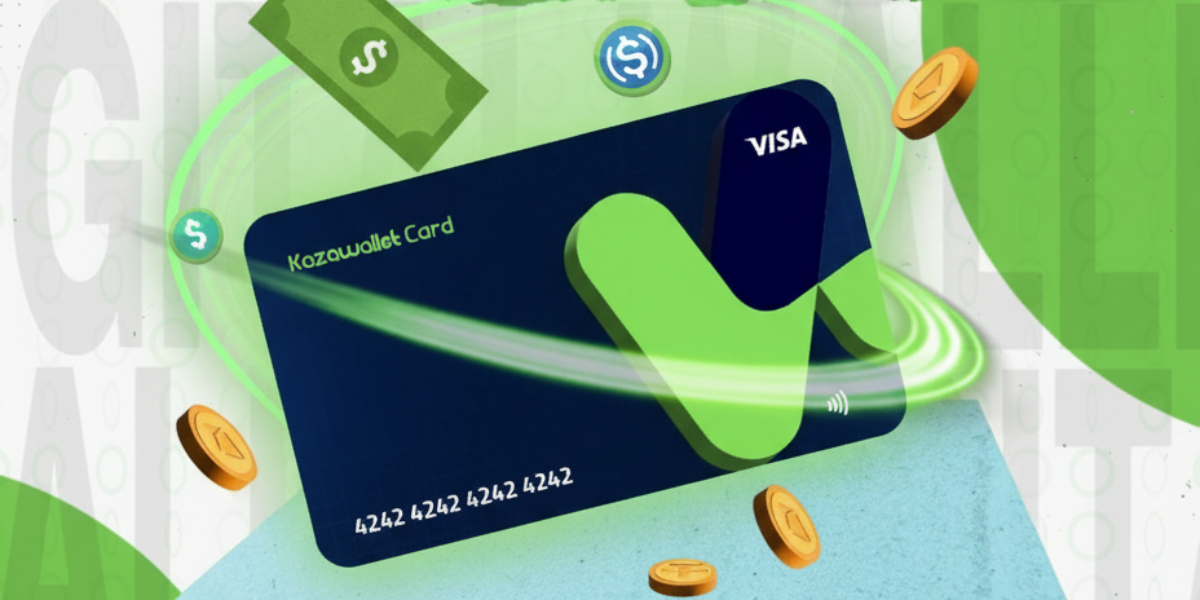
The Kazawallet Card is a Visa card that combines the strengths of a virtual card and a prepaid card. It is designed to be the bridge between your diverse balances—whether crypto or traditional currencies—and your daily purchases.
This card gives you high security and complete control over your spending, making it a flexible financial tool for the digital age.
To learn more about the Kazawallet Card and how to get it, read the following detailed article: Everything You Need to Know About the Kazawallet Virtual Card
How to Choose the Right Card for You?
Your choice depends on your financial goals and spending habits
- Choose a debit card if: you want to stick to your budget and only spend the money you have.
- Choose a credit card if: you want to build a good credit history, take advantage of rewards, and have the discipline to pay your bills monthly.
- Choose a prepaid card (like the Kazawallet Card) if: your online security is a top priority, you want complete control over your spending, or you need a bridge between your digital funds and daily purchases.
In Conclusion:
We have explored how each card works, its advantages, and its disadvantages.
Now that you know the difference between payment cards, the answer to your question is clear: the most suitable card depends entirely on your source of funds and your financial goals.
 Blog Kazawallet
Blog Kazawallet
